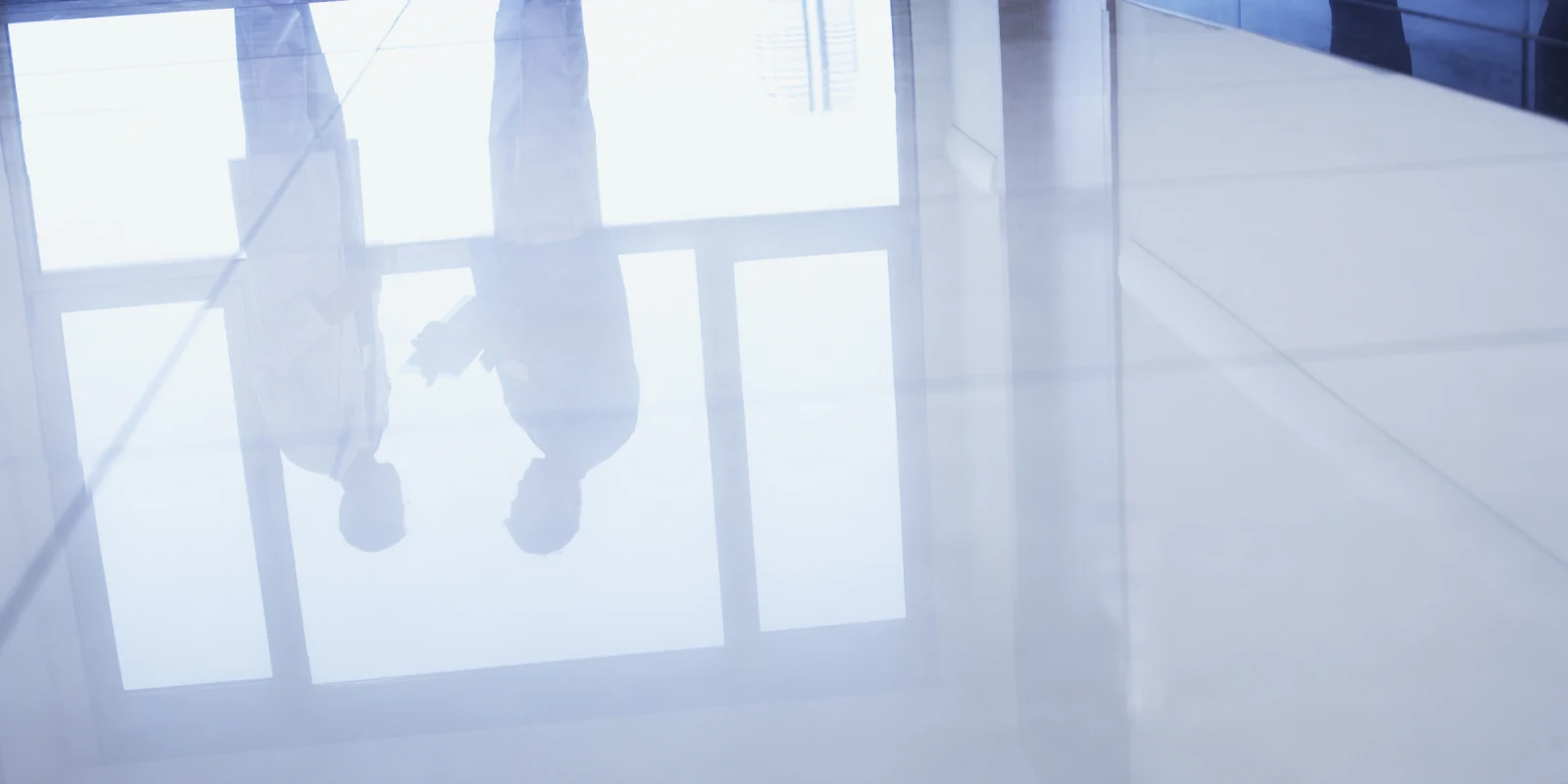
Not in the hospitals. Not in the clinics.
Not spending an hour suturing a laceration so the resident is available to help others. Not reminding the team that it’s day, and we should consider stopping the antibiotics. Not presenting on the latest COVID-19 treatment updates during rounds. Not writing the history and physical for the fourth admission the morning. Or for that matter, the progress notes and discharge summaries that are piling up. Not calling the lab about a tardy test result. Not suggesting another diagnosis to add to the differential. Not checking on the patient who’s taking a turn for the worse in the quiet corner of the emergency department.
Not gaining practical medical knowledge so when we need them, they are ready.
Earlier this month, the AAMC released guidance on medical students’ clinical participation, encouraging schools to place “At minimum, a 2-week suspension on their medical students’ participation in any activities that involve patient contact.” The rationale provided was two-fold: 1) for schools to take time to educate students on COVID-19 and appropriate safety precautions and 2) conservation of PPE.
While the two-week suspension for preparation and education is reasonable, many medical schools have extended this period with no definite end in sight for clinical students. For organizations to emphasize that students are a part of “the medical team,” but exclude them when their help could actually be the most beneficial is incredible.
Medical students make great substantial contributions to patient care. All of the above reasons are just a few of the many ways medical students are a critical member of the care team. Their presence has been shown to even reduce medical error (1, 2, 3, 4). These skills and knowledge should be even more valuable during a time when our hospitals and clinics are being overwhelmed by patients and health care personnel are becoming ill or burnt out.
In their most recent recommendations to medical schools, the AAMC stated “Opportunities to volunteer should be offered to students only if there is a critical HCW need for them to do so.” Why are we keeping hundreds of intelligent, helping hands away from patients, who need our highest quality of care now more than ever? Why are we not training them now to navigate this changed world of medicine? Why are we waiting for their help when we need it most and when they will be the most inexperienced?
If it’s a question of PPE supplies, there are options to limit medical students’ responsibilities to those patients who require little to no use of the increasingly scarce disposable PPE and avoid contact with patients considered a person under investigation or being treated for COVID-19. Though we have a pandemic of COVID-19, patients will continue to experience other medical conditions that must be addressed. In addition, if medical students are utilized appropriately, the benefit may outweigh the cost of PPE used.
If it’s a matter of spreading COVID-19 while students are asymptomatic, does the health care system plan to remove other healthy, young medical personnel such as nurses, patient care assistants, and medical technicians? Of course not. The value these individuals bring to the patient care team is obvious. Students with their 3–4 years of training in medicine also contribute generously to patient care (5, 6).
Some medical schools are altering requirements for graduation and allowing fourth year students to enter the field to provide much-needed help. While this is a step in the right direction, I believe more should be done to involve medical students earlier in their training.
The question should not be “if,” but “when” and “how” to involve medical students in clinical care. And the sooner, the better, for all involved. Medical students are a vital part of health care. We are doing them and our patients an increasing disservice by keeping them out of the hospital.
Lilian White is a 4th year medical student at the Wright State University Boonshoft School of Medicine in Dayton, Ohio. She earned her bachelor's degree in chemistry from Heidelberg University in Tiffin, Ohio. She is passionate about medical student education, family, and integrative medicine.
Previously published in KevinMD.
Click here to see more perspectives on COVID-19 from the Doximity network.
Click here for up-to-date news about COVID-19 on Doximity.







